
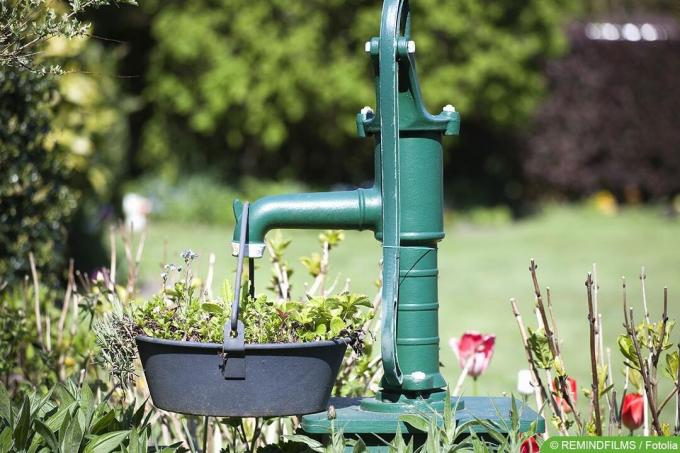
Table of contents
- Depending on region: groundwater depth
- Determine groundwater location
- Carry out test drilling
- Look for fountains
- Get expert information
- Myth water vein
Water sources are essential to promote the cool water in the garden. How easy it is to find them depends on factors such as depth, location or the nature of the ground.
Depending on region: groundwater depth
When digging a well, the depth is crucial to guarantee problem-free use of the pump. Not every pump reaches the groundwater level and can pump the water upwards. For this reason, it must be clear beforehand how deep the hole needs to be drilled. This can already be seen from the depth of use of the individual pumps:
- up to 10 m: centrifugal pumps, domestic waterworks or machines
- over 10 m: deep well pumps
If the well is particularly low, you can even use a classic garden pump. The depth of the groundwater depends on several factors. The region has the greatest influence. While you can reach the water after two to three meters in coastal areas, it is much more difficult in the mountains. Due to the formation of mountains, the groundwater level flows into the valley. For this reason, in mountainous regions, wells are usually built in the valley, since the distance to the groundwater level is much smaller. The layer structure of the floor must also be taken into account. Ideally, this should look like this from top to bottom:
- Earth
- sand and clay
- usable groundwater resources
- Clay
- sand or gravel
- usable groundwater resources
- Clay
- volume
- impenetrable rock strata
In the mountains, many of the first layers are missing and only hard soils with a lot of rock are present. The first groundwater occurrence in Germany is usually reached at a depth of four to five meters and is therefore the best depth for the well. The second can be between eight and nine meters or significantly lower. Of course, these values are not to be seen as a standard, but only as a guide. Since groundwater is available in all regions of Germany, you only have to drill deep enough to find water.
Determine groundwater location
Not only the groundwater depth is decisive when you think about the use. Equally important is a suitable location on your own property that offers direct access to the deposits. As explained above, groundwater resources accumulate over a large area. However, not all places are equally catered for, especially if you live in the mountains. For this reason, good research is important before you start digging a well. There are 3 methods that will give you enough information about the available spots for the fountain.
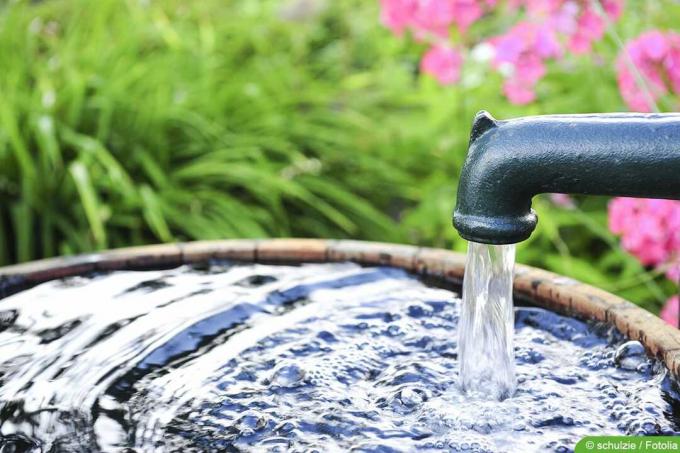
Carry out test drilling
If you live in the lowlands or on the coast, you can carry out test drilling on your own to find a suitable location for your well project. For this endeavor you will need one of the following tools:
- hand auger
- electric auger
A hand auger should only be used if the soil on your property is not too compacted. Since you have to operate the drill purely with muscle power, heavy soils are extremely strenuous. If you use an electric drill, the soil condition does not matter. Drill directly into the ground with the tool at the desired location, being careful to keep it level. You should only drill at an angle of 90° for the test to succeed. As soon as you see water, you know for sure that the groundwater level is not too low.
A notice:
You can rent augers from hardware stores or specialist companies for test drilling. The prices for a period of four hours are between 20 and 30 euros, which is quite sufficient.
Look for fountains
One of the easiest methods is to find a well in your community. You can count on a sufficient groundwater level if such a structure is already in your area. You can find them, for example, on the market or town hall square in small communities, in allotment gardens, usually with a pump mechanism included, or at one of your neighbors. It is advisable to inquire about the necessary drilling depth from your neighbors in particular, since in all probability the same conditions exist.
Tip:
You can also contact a well digger to find out about the deposits and their depths. In most cases, the specialists know what is going on and, if in doubt, can help you with an analysis of the soil.

Get expert information
If the methods mentioned above have not worked or only worked poorly, you should seek professional support. You can find out more about the availability of the regional groundwater from various institutions and providers and thus play it safe. These include:
- municipal utilities
- water associations
- water authorities
- State Office for Energy, Mining and Geology
- municipality or city administration
A notice:
You can also get an overview of the groundwater from the hydrogeological overview maps of your region or state. These show where water is available and whether you are struggling with an unfavorable location in the mountains.
Myth water vein
The dowsing. It is considered the epitome of the measuring instrument for finding water veins in the ground. Unfortunately, if you're considering using dowsing to find a water source, you'll be disappointed. The reason: The whole concept of the water vein is wrong. Groundwater occurrences do not occur as a single underwater flow, but as a continuous surface that can occur at multiple depths. They are more comparable to very large lakes that are located between the different layers of earth. For this reason, groundwater is actually available everywhere in German-speaking countries, which makes it much easier to search for it. Much more important is the depth of the water source, which determines the cost, effort and type of well.
A notice:
Another myth related to water veins in the ground is that of earth radiation, which is said to disturb sleep or cause physical pain. From a scientific point of view, this is not possible.
 garden editorial
garden editorial I write about everything that interests me in my garden.
Learn more about gardening of all kinds
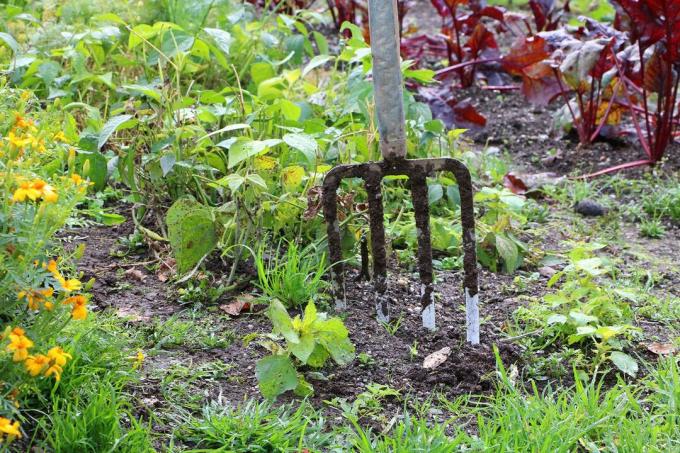
Laying out a garden – you should observe these guidelines
A well-kept garden is a real eye-catcher that enhances the house and property even more. When buying a new property or for seasonal renewal, the garden is designed with many new ideas and concepts. This can be quite expensive if not planned properly. Our article wants to show you how to create your new […]
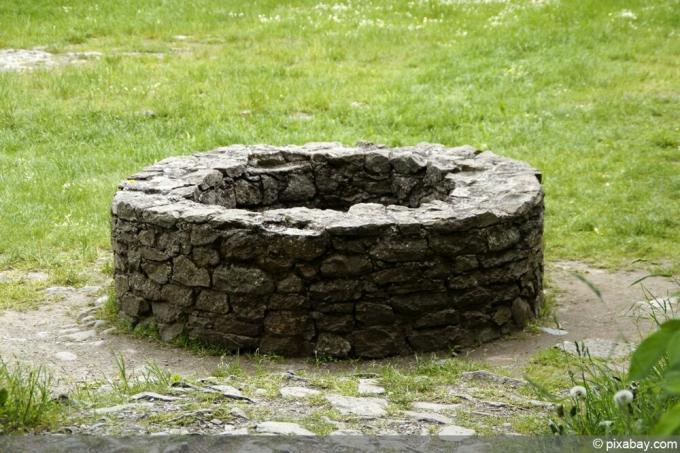
Build your own dowsing rod DIY instructions
Dowsing rods have been a working method for finding water and other things in our environment for centuries. With little effort, you too can easily make your own dowsing rod - with our instructions.
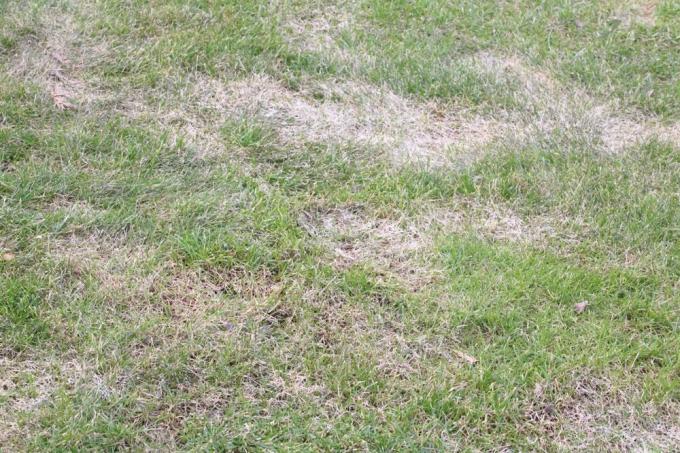
Lawn pavers: how does lawn repair work?
Bald spots or gaps in the lawn are a thorn in the side of many lawn owners. However, overseeding is considered to be tedious work. Relief should Provide lawn pavers that combine many work steps in one.
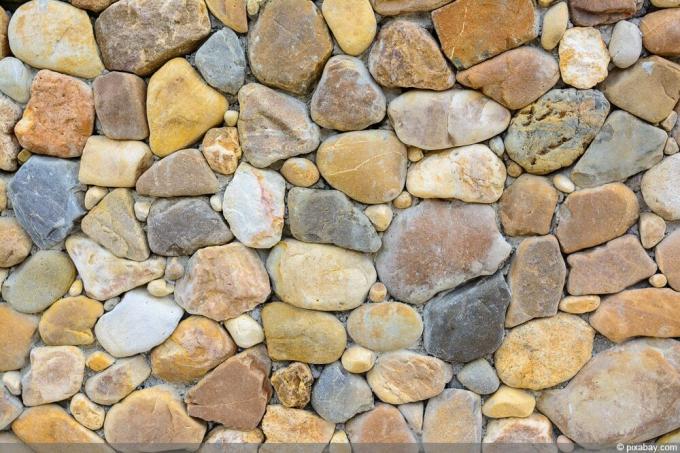
Build a Frisian wall yourself | Costs for a Frisian wall
The Friesenwall is used to separate gardens and flower beds from neighboring properties. It is aesthetic and offers a living space. The costs you will incur depend on the material you have chosen. Choosing DIY will save you money on labor.
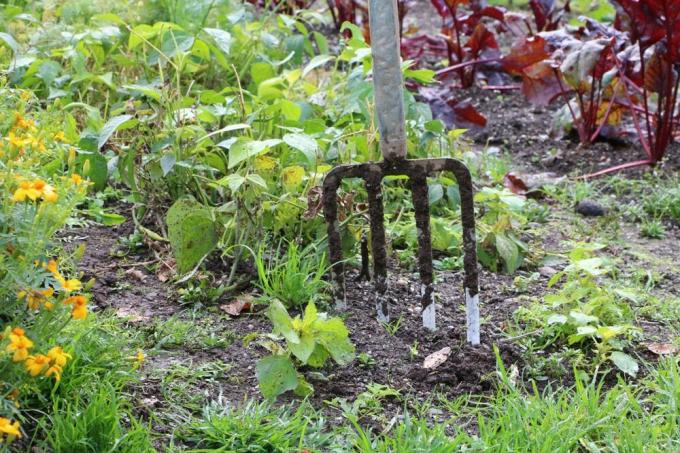
Improve your income with gardening - is that possible?
If you put a lot of time, energy and love into your garden and this then also brings the corresponding successes in the form of a rich harvest shows, you can get the idea of whether you can improve your income with your gardening. We show what you should consider, what pitfalls there are and what opportunities you can offer.

Retaining wall made of gabions, concrete or prefabricated parts - the optimal material
Gabions, L-bricks and concrete walls are certainly terms that a master mason has long been familiar with. But if a plant lover has to deal with it, good advice is needed. Can this also be used to build a supporting wall in the garden? If so, which material is most suitable?


